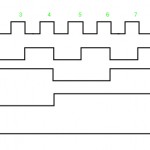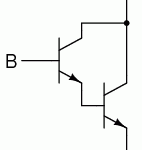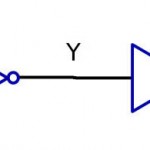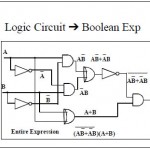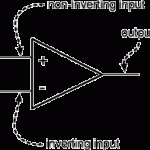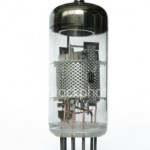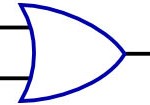
In having a nosy at what my fellow students have been doing I’ve come across another digital logic device called a flip flop. The ever helpful Steve has aslo been building a binary counter but he has done it in a very different way to mine, he has used a chain of 4 linked D […]
